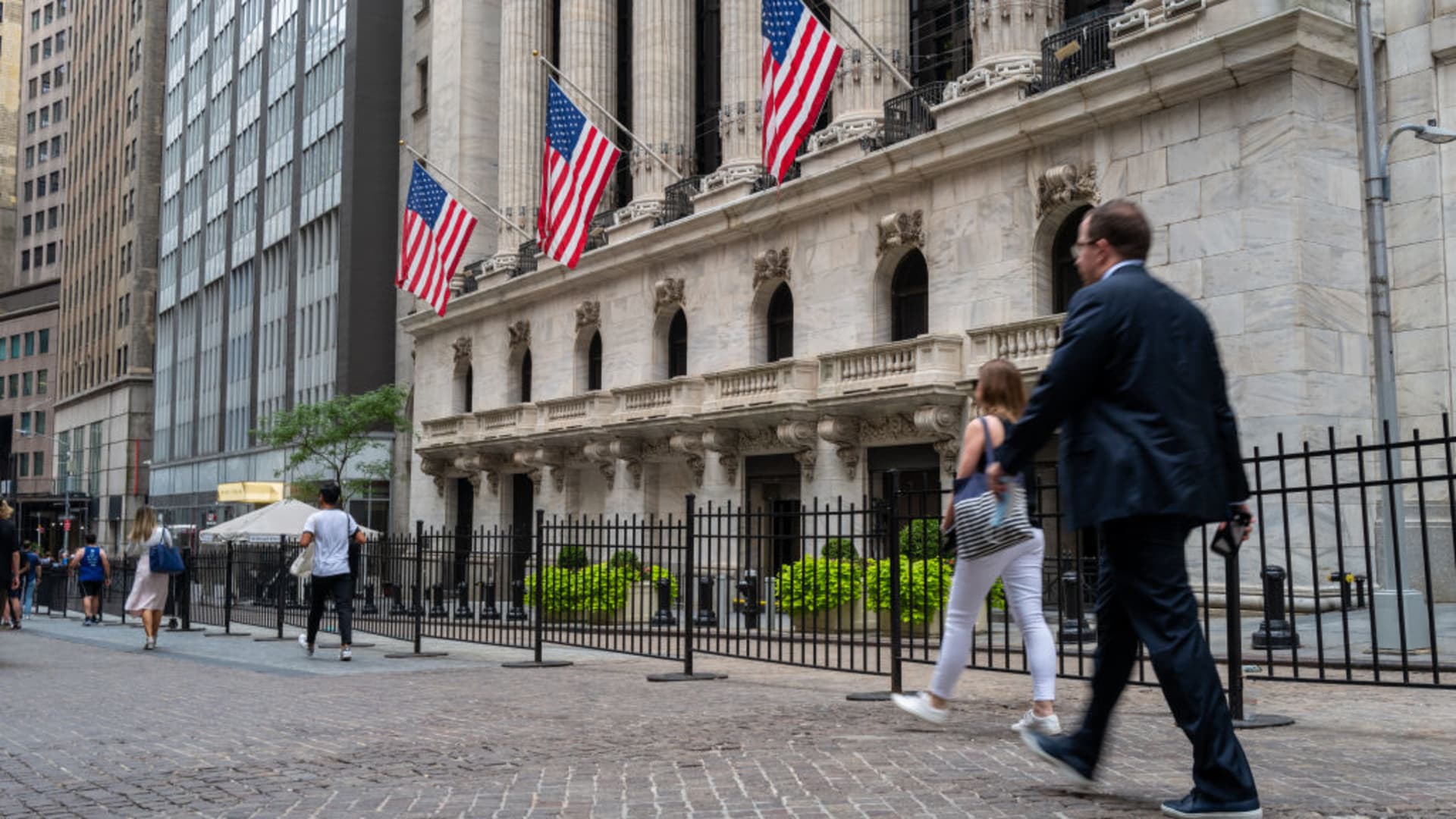Energy
Tuesday, August 9th, 2022 5:01 pm EDT

As interest in growth stocks resurfaces , an investing approach is gaining traction once again: thematic investing. Thematic funds or exchange-traded funds are often closely tied to growth themes such as tech and green energy. But after growth stocks slumped this year, with investors rotating into value amid a risky economic backdrop, thematic funds also saw outflows. However, in a late July note, Citi’s U.S. Equity Strategist Scott Chronert said the bank had seen flows returning to “growth-bias themes.” “From here, we expect Thematic ETF flows in aggregate to improve as investors look to differentiate portfolios after focusing on broader exposure and macro risks for most of this year,” he added. ‘Attractive alternative’ And Citi isn’t the only one. Morningstar, in a recent report, said thematic funds now offered an “attractive alternative” for some investors. “We are of the view that if done properly, taking exposure to thematic investments can position investors for the blue chips of the future,” it added. Thematic funds now represent 2.1% of total equity funds, up from 0.6% a few years ago, according to Morningstar. Here’s how to invest in thematic funds right now, according to Citi and Morningstar. Equal-weighted funds Investors should consider allocating between 10% and 20% of their portfolios to thematic funds, which “have tremendous capability to enhance portfolio outcomes,” according to Morningstar. Look for funds which are equal-weighted, the firm said, with the same weight given to each stock in the fund. An equal-weighted thematic index “consistently generates better returns,” with a compound annual growth rate of 7.48%, compared with 6.28% for the Morningstar Global Markets Index. If investors choose funds with themes like digital economy or cloud computing, that figure goes up to 9.48% and 8.5% respectively, according to Morningstar. “We can see that the equal-weighted thematic factor consistently generates better returns,” it said, while cautioning that certain themes will be more volatile. Rethinking energy The most attractive themes for investors include agriculture and food, nuclear energy, supply chains and natural resources, according to Citi. The bank suggested that exposure to both dirty and clean energy, which also rank among its top themes to invest in, could be better than focusing on just one. For years, investors have viewed energy “as an ‘either/or’ type of trade:” they were either all in on the longer-term renewable energy trend, or focused on near-term needs met by traditional energy firms, Chronert said. “We no longer believe that is the case as more investors, including ESG-focused institutions, recognize the need to manage the energy transition,” he wrote. “Therefore, from a thematic perspective, having a barbell energy exposure of Fossil Fuels and Clean Energy seems rational at this stage.” Avoid the mega-caps? Morningstar also said that thematic portfolios should consist of fewer mega-cap firms. This might seem counter-intuitive, as investors typically expect large-cap companies to offer more stability during volatile times. But Morningstar pointed out that they may not, in the long run, beat smaller, more efficient companies focused on growth. Broadly diversified companies are often “worth less than the sum of their parts,” it added. “There is a large body of evidence showing that the stocks of specialized firms do better than those of large, diversified companies over the long run,” its analysts wrote. However, Morningstar cautioned that investors should not look to hold thematic funds for a long period in order to derive maximum value. “Thematic-intensive strategies should be periodically rebalanced, and investors should look forward to a holding period of three years,” it added. This post has been syndicated from a third-party source. View the original article here.




